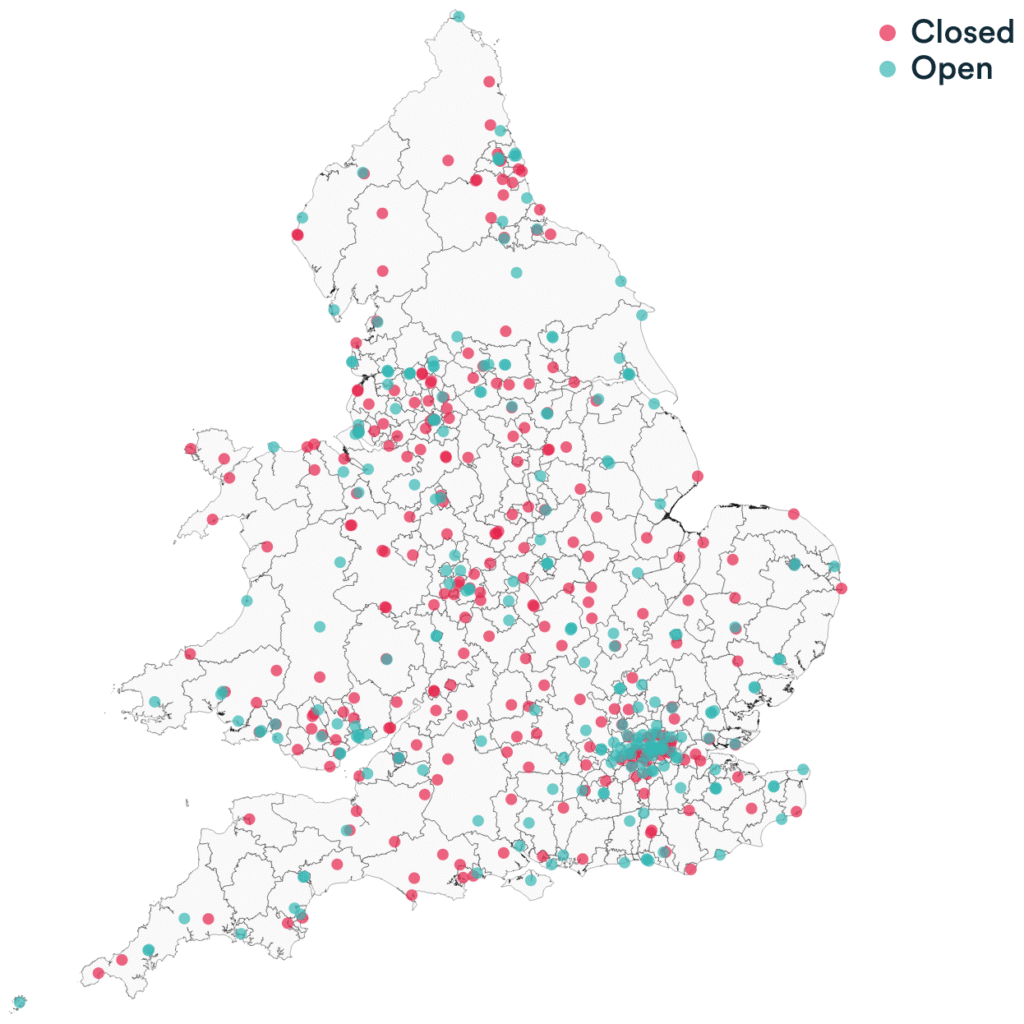Multiple reports of digital systems failures in the justice system have emerged in recent months. These incidents highlight a central tension in justice reform: while digital tools may improve efficiency and accessibility, they also introduce risks that can erode public trust in legal institutions.
Recent cyber-security breaches and system failures have exposed critical vulnerabilities in the digitalised justice system in England and Wales.
The Legal Aid Agency suffered a major cyber-attack in May 2025, compromising personal data potentially dating back to 2007 and leaving large parts of the system offline for months. Leaked reports also suggest that for several year, HM Courts and Tribunals Service (HMCTS) failed to address a software bug that allegedly caused evidence to go missing or be overwritten, though HMCTS disputes this account.
These incidents raise uncomfortable questions about the relationship between constrained budgets and digital reliability. Have years of underfunding forced justice agencies to cut corners on system security and maintenance? What do digital failures mean for public trust in the legal system?
How has justice spending shaped digital reform?
Analysis by the Institute for Fiscal Studies (IFS) of long-term trends in justice spending confirm what many within the sector see: recent funding injections have not offset the severe budget cuts of the 2010s. In 2025/26, real-terms day-to-day spending by the Ministry of Justice was set to be 14% lower than in 2007/08, and 24% lower per capita (see Figure 1).
Figure 1: Real-terms Ministry of Justice resource (day-to-day) spending, 2002/03 to 2025/26
Source: IFS, 2025
Note: 2007/08 = 100
With fewer resources, HMCTS – the executive agency sponsored by the Ministry of Justice that runs courts and tribunals – turned to technology to drive efficiency gains. The digitalisation implemented led to many changes, including online processes for divorce, probate and case management.
In 2016, HMCTS launched what the National Audit Office describes as ‘an ambitious portfolio of reforms […] HMCTS intends to achieve its aims by introducing new technology and working practices to modernise the administration of justice, moving activity out of the courtroom, streamlining processes and introducing digital channels for people to access services.’
This effort mirrors many other attempts across the public sector to harness digital technologies in the hope of improving efficiency, accessibility and service quality. Unsurprisingly, agencies outside HMCTS that support the wider operation of the legal system – such as the Legal Aid Agency – have also invested in new digital systems with similar ambitions.
Over the past decade, these reforms have amounted to a quiet revolution. Many court and tribunal buildings have been shut down. Indeed, since 2010, 37% of courts across England and Wales have closed (see Figure 2).
New digital platforms now manage many cases and support online hearings – some jurisdictions treat remote hearings as the norm rather than the exception. Justice today runs on a complex web of interdependent, large-scale digital administrative systems.
Figure 2: Map of court closures. 2010-25

Source: Data compiled and visualised by the IFS Justice team, based on a re-elaboration of NAO and Parliament data
Increasing reliance on these systems means that technical failures and vulnerabilities can have significant systemic consequences. In recent months, one such episode has occurred, and there are reports – albeit disputed – of another emerging.
What happened in the Legal Aid Agency cyber-attack?
The Legal Aid Agency, which administers the legal aid scheme in England and Wales for those unable to afford legal services, announced in May that it had suffered a cyber-attack on its digital services. It emerged that personal data of applicants, potentially dating back to 2007, had been accessed and downloaded. These data include sensitive details such as financial records, criminal history and national identification numbers.
As legal aid is a service for those without means, the effects of this leak will undoubtedly ne most damaging to those who are already in a position of social and economic disadvantage. The data leak also features people who are at particular risk, such as survivors of domestic violence and refugees.
Large parts of the legal aid system remain offline as a result. Services are having to be rebuilt and lawyers are unable to submit bills. The government has had to introduce regulations in parliament to maintain continuity. Despite these emergency measures, the data breach has reportedly caused months of disruption for practitioners, who face mounting administrative burdens from implementing contingency arrangements.
What is known about the HMCTS software bug?
In August 2025, BBC News reported seeing a leaked internal HMCTS report claiming it ‘took several years to react to an IT bug that caused evidence to go missing, be overwritten or appear lost.’
The fault detailed in the leaked report – linked to software called Judicial Case Manager, MyHMCTS or Core Case Data (CCD) – affected cases in civil and family courts, as well as tribunals hearing appeals on matters such as welfare benefits.
The supposedly affected software is used to share documents that contain legal claims and evidence, among other functions such as paying fees and receiving notifications about a case. The report alleged that HMCTS did not inform affected parties, lawyers or judges of the fault.
HMCTS disputes this account, saying that an internal investigation found ‘no evidence’ of any impact on case outcomes. It maintains that ‘fail-safes’ meant that all necessary documents were always available to parties and judges, and stressed that the ‘digitisation of our systems is vital to bring courts and tribunals into the modern era and provide quicker, simpler access to justice for all those who use our services.’
The agency has pledged to continue its modernisation programme, but it now faces growing calls for a new investigation. The full facts remain to be seen.
What are the wider consequences of digital failures?
These recent incidents are an important reminder that the digital transformation of justice and related reforms represents a profound change, one that warrants far more independent research and evaluation than it has so far received.
Additional attention from economists might be particularly beneficial, in order to provide insights from rigorous quantitative analysis that can feed into future decision-making in this area.
The breaches are also a stark reminder that a critical test for a justice system is whether it maintains public trust. When trust in the justice system falters, the effects can reach far beyond the immediate disruption of cases and the impacts on the individuals involved.
Tom Tyler of Yale University has led the way, with work across several decades demonstrating how people are more likely to comply with the law and accept judicial decisions when they see the system as legitimate and fair.
Persistent, high-profile failures in digital justice systems risk undermining that legitimacy, leading not only to reduced cooperation with authorities and lower voluntary compliance, but also to fraying social cohesion and deepening mistrust between the public and the state.
In the same way, the healthy functioning of the economy depends on the framework provided by the justice system. A justice system that is trusted and resilient is indispensable to the health of both society and the economy.
Where can I find out more?
- Justice spending in England and Wales: Report from the IFS, February 2025.
- Courts service 'covered up' IT bug that caused evidence to go missing: BBC News, August 2025.
- Bar Council calls for ‘urgent and comprehensive’ investigation into HMCTS IT incident: Bar Council, August 2025.
- Domestic abuse victim data stolen in Legal Aid hack: BBC News, May 2025.
- Legal aid cyber-attack has pushed sector towards collapse, say lawyers: The Guardian, August 2025.
- Transforming justice: the interplay of social change and policy reforms. IFS Justice Team.
Who are experts on this question?
- Joe Tomlinson (King’s College London)
- Abi Adams (University of Oxford)
- Magdalena Domínguez (IFS)
- Imran Rasul (University College London)
- Elisa Facchetti (University of Rome Tor Vergata)
- Tom Tyler (Yale University)
- Ben Bradford (University College London)
- Jon Jackson (London School of Economics)









































